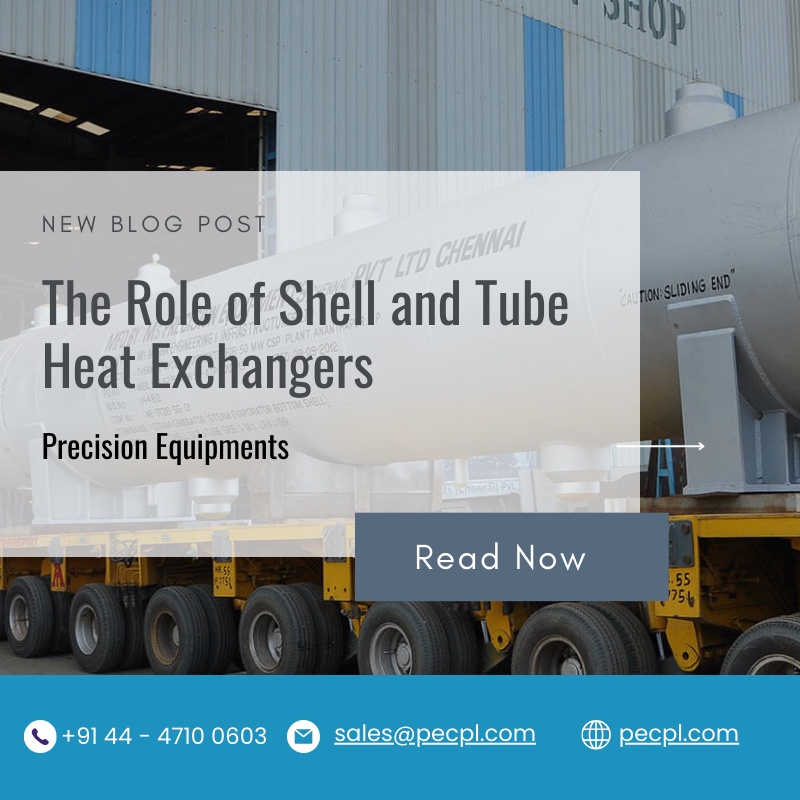The relentless march of technological innovation continues to reshape the manufacturing landscape. In this ever-evolving environment, efficient thermal management remains paramount, particularly for advanced processes that generate significant heat loads. High flux heat exchangers (HFHEs) have emerged as a game-changer, offering exceptional heat transfer capabilities in compact designs. But what does the future hold for HFHEs? Here, we explore key trends that will shape their role in driving manufacturing efficiency.
Miniaturization and Microfluidics: Pushing the Boundaries of Heat Transfer
One of the most exciting trends driving the future of HFHEs is the continued miniaturization of channel sizes. By leveraging microfluidics principles, manufacturers are developing HFHEs with intricate microchannel networks. This significantly increases surface area within a compact footprint, leading to even higher heat transfer rates. These miniaturized HFHEs will be particularly valuable for applications with limited space constraints, such as electronics cooling in densely packed devices.
Advanced Materials: Optimizing Performance and Durability
The future of HFHEs hinges on the development of innovative materials. Research is ongoing to explore materials with superior thermal conductivity, allowing for even more efficient heat transfer. Additionally, materials with greater corrosion resistance and compatibility with a wider range of fluids will expand the applicability of HFHEs in diverse manufacturing processes. For instance, high-pressure heat exchangers (HPHEs) constructed with these advanced materials will be able to withstand even harsher operating environments.
Nanofluids: Unlocking Unprecedented Heat Transfer Potential
Nanofluids, a class of fluids containing suspended nanoparticles, are another promising area of development. These nanoparticles can significantly enhance the thermal properties of fluids, leading to even greater heat transfer efficiency within HFHEs. While still in the early stages of development, nanofluids hold immense potential for pushing the boundaries of thermal management in high-heat applications like laser cutting and advanced power electronics.
Integration with Industry 4.0 Technologies: Smart Thermal Management
The future of manufacturing is undoubtedly intertwined with Industry 4.0 technologies. HFHEs are poised to play a vital role in this connected ecosystem. Imagine integrating sensors within HFHEs to monitor real-time performance data such as pressure drops and fluid temperatures. This data can then be fed into machine learning algorithms to optimize process control and predict potential maintenance needs. By integrating HFHEs with Industry 4.0 technologies, manufacturers can achieve a new level of intelligent and proactive thermal management.
Sustainability: A Driving Force in HFHE Innovation
Sustainability is a growing priority across industries, and HFHEs are well-positioned to contribute to more environmentally friendly manufacturing practices. Their inherent efficiency translates to lower energy consumption for thermal management. Additionally, research into bio-based and recyclable materials for HFHE construction can further minimize their environmental footprint. Forward-thinking heat exchanger manufacturers, like Precision Equipments, a leading manufacturer based in Chennai, India, are already incorporating sustainable practices throughout their design and manufacturing processes.
Conclusion: A Bright Future for High Flux Heat Exchangers
The future of high flux heat exchangers is brimming with potential. By embracing miniaturization, advanced materials, nanofluids, and Industry 4.0 integration, HFHEs will continue to revolutionize thermal management in advanced manufacturing. These advancements will translate to significant benefits, including enhanced process control, improved efficiency, reduced downtime, and a more sustainable manufacturing landscape. As technology continues to evolve, partnering with a reputable heat exchanger manufacturer who prioritizes innovation and sustainability will be crucial for unlocking the full potential of HFHEs and ensuring a competitive edge in the years to come.


No comments yet